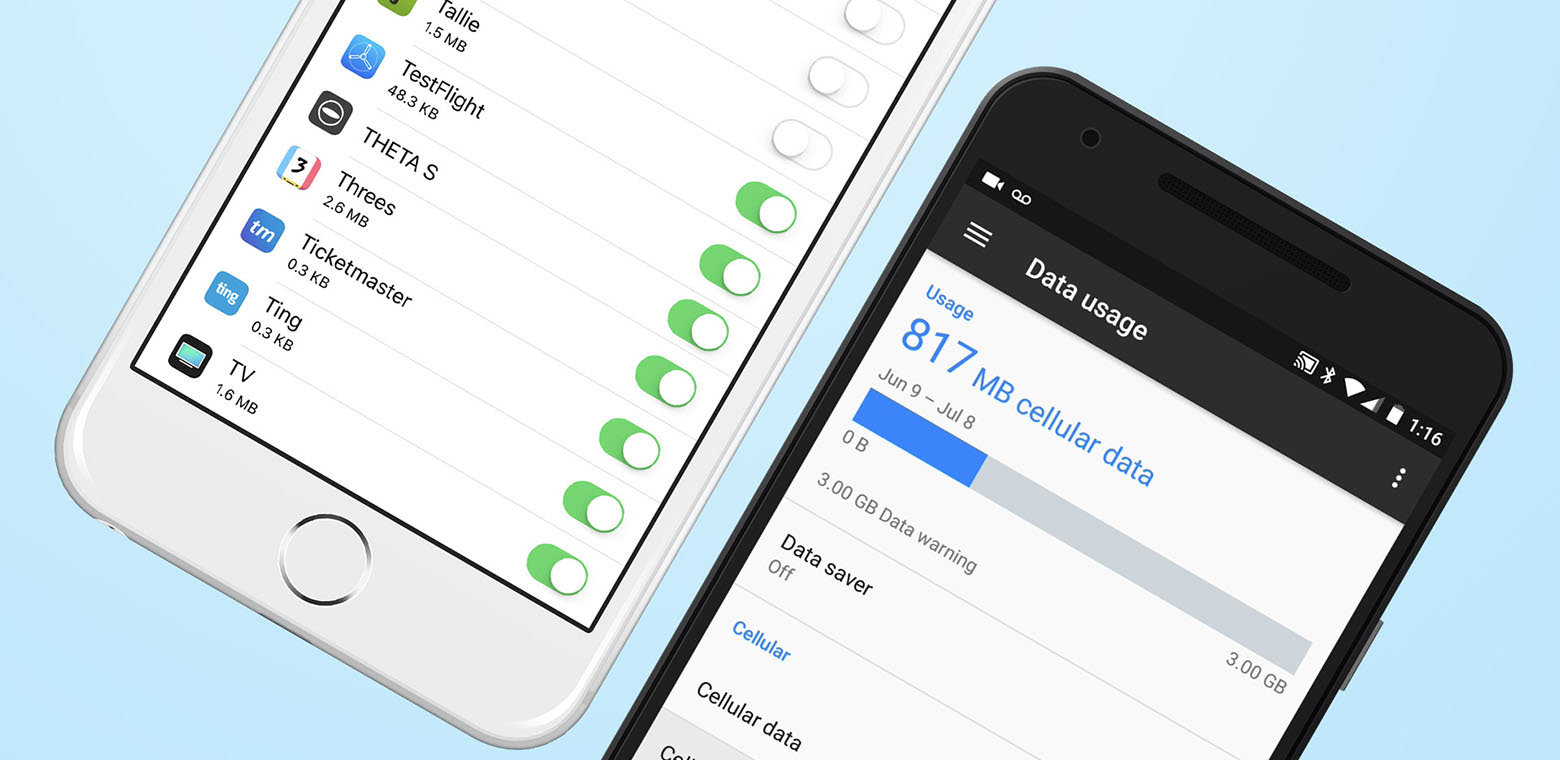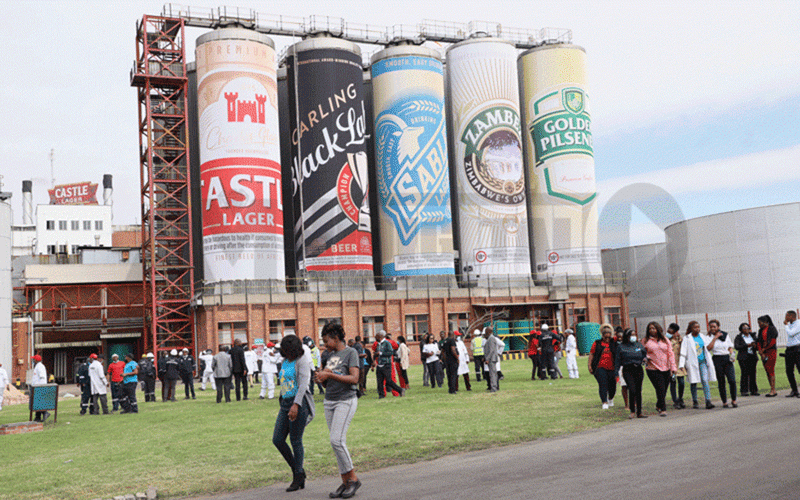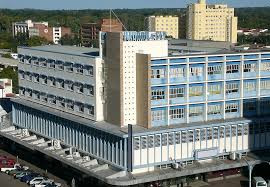
BY FIDELITY MHLANGA ZIMBABWE’S mobile internet and traffic data usage grew 43% to 14 878 terabyte (TB) in the three months to September 2020, as data traffic continues to grow spurred by increased adoption of e-learning, telecommuting and e-conferencing prompted by COVID-19.
Data usage has been on an upward trend since the beginning of the year after it grew by 56,2% from 6 661TB in the first three months of 2020 to 10 407TB during the second quarter ending June 30, 2020 as revealed by the latest report from the Postal and Telecommunications Regulatory Authority of Zimbabwe (Potraz).
Since the outbreak of COVID-19 and the subsequent adoption of preventative measures to contain the spread of the virus, schools and companies have embraced remote learning and working, thereby, making use of more data.
“Mobile internet and data traffic grew by 43% to record 14 878TB in the third quarter of 2020 from 10 407TB recorded in the second quarter of 2020. International internet bandwidth capacity also increased by 16,8% to record 149 665Mbps from 128 173Mbps recorded in the previous quarter,” Potraz said.
“Internet and data traffic is expected to continue growing due to the increased adoption of e-learning, telecommuting and e-conferencing.”
Active internet and data subscriptions grew by 5,6% to reach 8 726 904 from 8 267 268 and as a result, the internet penetration rate increased by 3,2% to 59,9% from 56,7% recorded in the previous quarter.
During the quarter, total mobile voice traffic grew by 18,7% to record 1,56 billion minutes in the third quarter of 2020 from 1,31 billion minutes recorded in the previous quarter.
Fixed voice traffic also increased by 12% to record 90,6 million minutes in the third quarter of 2020 from 80,9 million minutes recorded in the second quarter of 2020.
- Chamisa under fire over US$120K donation
- Mavhunga puts DeMbare into Chibuku quarterfinals
- Pension funds bet on Cabora Bassa oilfields
- Councils defy govt fire tender directive
Keep Reading
“The bulk of fixed voice traffic was generated by corporate lines. The growth in traffic is attributable to the upscaling of business operations and the increased number of workforce back at work following the relaxation of COVID-19 restrictions,” the Potraz report added.
However, active fixed telephone lines declined by 1,6% to record 256 356 from 260 542. The fixed tele-density remained at 1,8%.
“The total number of active mobile subscriptions declined by 0,1% to reach 12 783 785 from 12 798 298, hence, the mobile penetration rate declined by 0,1% to 87,7% from 87,8% recorded in the previous quarter. Growth in active subscriptions is expected in the fourth quarter as consumption at household and industry levels improves following the relaxation of COVID-19 restrictions on the formal and informal sectors,” Potraz said.
Potraz bemoaned the inflationary environment characterised rising costs of service provision which it said was affecting service providers.











